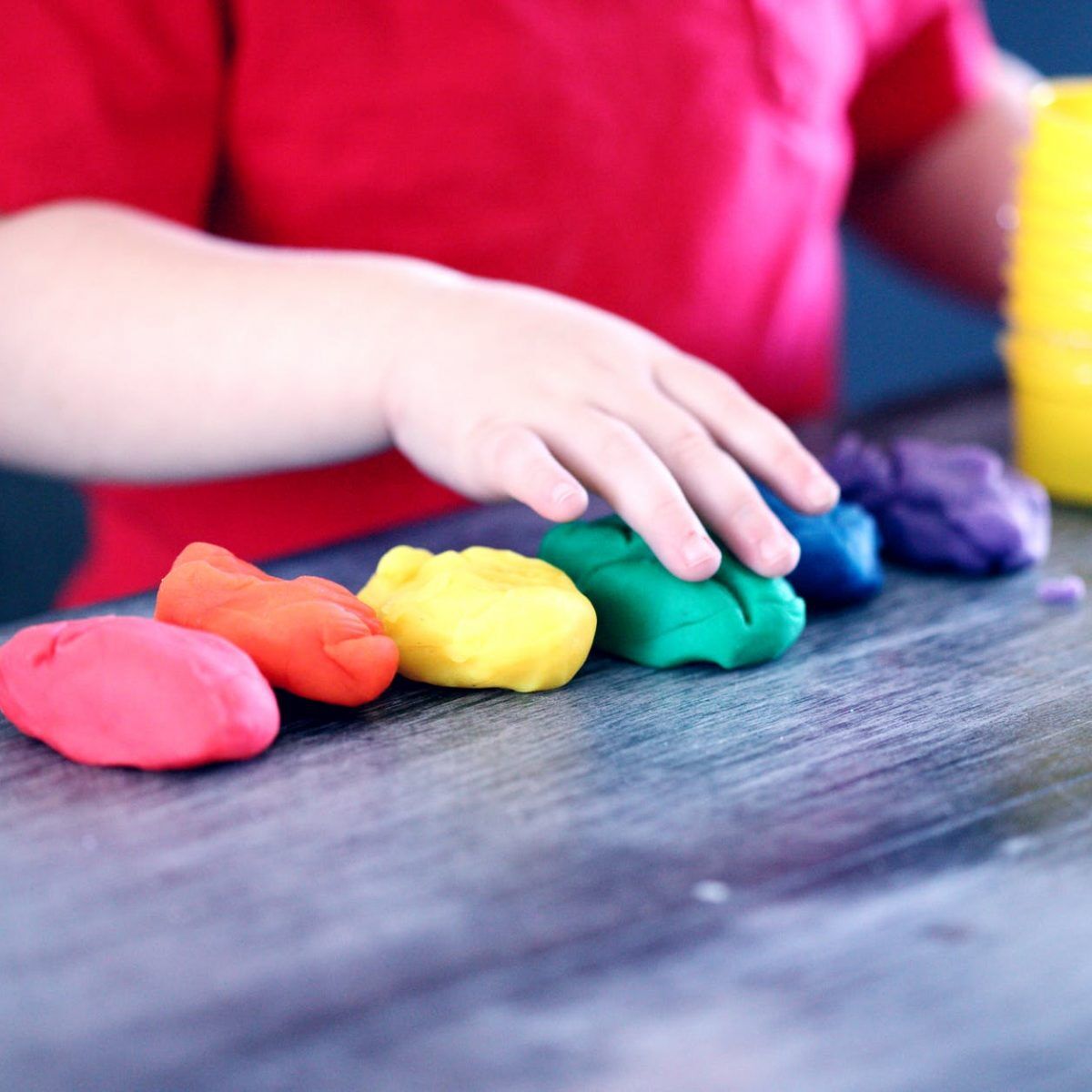A Detailed Guide OnWholebody Intelligence For Children
The concept of body intelligence is relatively new to the general public. However, it is unquestionably as important as other forms of intelligence idealized over two decades ago: social and emotional intelligence. In a world where geniuses with high IQs are celebrated, it’s easy to downplay the importance of the body in everyday life. Yet, this biological system is the source of all physical capacities and is vital to a person’s well-being.
At the core of this new concept is the “brain-body interaction.” This implies that all functions of the brain are reflected in the physical body. It’s no different from the “hardware and software” computing approach. One part can’t function optimally without the other. Therefore, there is no need to neglect the body when developing social intelligence (social quotient or SQ) and emotional intelligence (emotional quotient or EQ).
When properly applied, body intelligence can improve growth in children, allowing them to live healthier and happier lives. Not to jump the gun, let’s discover the meaning of this concept, before moving on to its benefits.
At the core of this new concept is the “body-brain interaction.” This implies that all functions of the body are reflected in the brain. It’s no different from the “hardware and software” computing approach. One part can’t function optimally without the other. Therefore, it is vital to include the body when developing social intelligence (social quotient or SQ) and emotional intelligence (emotional quotient or EQ).
When properly applied, body intelligence can improve emotional and mental growth in children, allowing them to live healthier and happier lives. Not to jump the gun, let’s discover the meaning of this concept, before moving on to its benefits.
What is Body Intelligence?
Body intelligence, clinically known as kinaesthesia or proprioception, is the body’s ability to sense (become fully aware of) its parts, in relation to their current place of being (location), sensory perception (feeling), and action. When walking barefoot, for example, it’s easy to sense one’s foot and determine whether the floor is cold or warm without glancing down. The same scenario applies to taking a stride: as soon as the left foot hits the ground, the right foot’s ability to anticipate the location of the left is quickly assessed.
In adults, these activities are subconscious as they’ve been ingrained in the mind over time. Simply put, they don’t have to think about something before doing it. However, it’s a different ball game with children. Often, the need to evaluate a situation or potential act is paramount to execution. To ascend a flight of stairs, a toddler would have to consider the height of each step and then respond accordingly. As the child uses the stairs frequently, the action becomes more reflexive.
Body intelligence: The body’s intelligence is mainly comprised of three components.
1. interoception or the awareness of sensations arising from the internal organs of the body. Such sensation includeshunger, thirst, nausea, pain, and the fullness of the bladder, stomach, and bowel.
2. Proprioception or the body’s ability to sense (become fully aware of) its parts, in relation to their current place of being (location), sensory perception (feeling), and action. When walking barefoot, for example, it’s easy to sense one’s foot and determine whether the floor is cold or warm without glancing down. The same scenario applies to taking a stride: as soon as the left foot hits the ground, the right foot’s ability to anticipate the location of the left is quickly assessed.
3. Vestibular sensations or the sense of balance when we stand, walk, sit or lie down. In the disturbances of vestibular sensation, we feel dizzy or nauseated.
In adults, these activities are subconscious as they’ve been ingrained in the mind over time. Simply put, they don’t have to think about something before doing it. However, it’s a different ball game with children. Often, the need to evaluate a situation or potential act is paramount to execution. To ascend a flight of stairs, a toddler would have to consider the height of each step and then respond accordingly. As the child uses the stairs frequently, the action becomes more reflexive.
Understanding the Body’s Reaction to Influences
From the scenarios outlined above, the body plays a crucial role in processing information. Factors like hunger, stress, and physical exhaustion all influence the body’s reaction. To maintain the integrity of body function, one needs to be aware of internal and external stimuli and respond appropriately.
Struggles Children Face Responding to Stimuli
Part of what differentiates one person from another is the ability to respond to influences at certain levels. Adults tend to be better at processing sensory issues than children. The reason isn’t far-fetched: They have a better approach to responding to needs. Since the body serves as the channel for expression, it must stay in the best condition.
Children who have trouble processing information with their bodies face difficulties in regular interactions with others and their surroundings. Part of the challenges they’re likely to face include:
- Inability to learn new gross motor skills
- Trouble associating all body parts when drawing people
- Moving too fast or too slow
- Grabbing items too lightly or too hard
- Misinterpreting social cues from other children
- Inability to play gently with others
- Being scared of the dark
- Failed attempts to imitate an action
In these instances, the child is unable to process and execute sensory information accurately. This could be regarded as a lack of body awareness. This condition is also present in those with traumatic experiences or mental disorders that affect the body, such as ADHD. Here’s where body intelligence comes into play.
How Body Intelligence Can Enhance a Child’s Development
The ability to maintain equilibrium among internal and external influences is what fosters proper growth. The body plays a similar role to a “brain.” In the advent of prolonged stress, certain areas of the brain may be damaged. Likewise, the body can suffer physical and emotional trauma, which affects other forms of intelligence. They’re all interdependent.
When dealing with trauma, depression, anxiety, and other mental conditions, the body can either recover from the damages and become stronger or be completely irreversibly damaged. It all boils down to using the right technique. For example, a child with hyperactivity or aggression often needs to be taught to respond calmly to the stimuli.
In actuality, the technique isn’t based on the condition, but on the ability to identify the body’s needs and respond to them. Bodily awareness provides the following benefits:
- Developed emotional and social quotients
- Positive behavioral activities
- Improved self-care practices
- Better control of anxiety and depression
- Increased academic performance
- Effective body management during different phases of growth
- Autonomy and independence
These benefits help to improve children’s well-being and consequently, their overall personality. Since a child’s personality is largely dictated by a combination of emotions and behavioral patterns, one cannot ignore the place of body intelligence.
Understanding the Place of Somatic Awareness
Somatic awareness or intelligence is the ability to observe sub-conscious influences and harness them to promote self-healing and management. It entails taking a step back to evaluate the information provided by the nervous system, which is the body’s command center. This analytical approach to internal stimuli makes it possible to make a positive decision that will create better outcomes. People who cultivate somatic awareness tend to live fuller and happier lives.
Children who have been through traumatic circumstances tend to disconnect from their bodies. This coping mechanism helps them numb out from unpleasant thoughts, emotions, and pain. Yet, it comes at a price. Such children become emotionally dead – indiffernt and are unable to make sense of situations. They may see the world from a distorted point of view. These individuals need to become better connected to the body. When connected, they can address the root cause of a problem and have a better grasp of life.
How to Incorporate Whole Body Intelligence
For children who struggle with body awareness, incorporating certain activities into their daily lives is a good start for improvement. They include:
- Creating games, like Space Bubble and Airplane Arms, that promote personal space.
- Engaging children in energy-building house and garden chores.
- Building emotional bonds and dialogues.
- Encouraging the use of various body parts.
- Teaching children to identify social cues from other individuals.
The aforementioned activities all help children to process sensory information to make their lives happier and healthier. Kindly note that they do not include aggressive or violent acts.
Conclusion
Wholebody awareness is essential for children to be physically, emotionally, and socially healthy. This means they’re always on their toes, ready to adapt to unexpected situations, whether they’re positive or negative. Such children live with an open mind and respond appropriately to all influences. Like any form of intelligence, body awareness requires nurturing to work its wonders. Through this technique, children can build resilience, trust, and social awareness, allowing them to thrive in any environment.





